Fdg Avid Metastatic Disease
Fdg avid metastatic disease. About 9 08 of the 1200 studies were found to have FDG-avid cardiophrenic lymph nodes four males and five females with a mean age of 55 years. PETCT is highly sensitive and specific in the staging and restaging of melanoma 12. Initial workup with endoscopic ultrasound and biopsy of the subcarinal node was non-diagnostic with necrotic tissue.
Intense FDG uptake in a filling defect of size 26 20 cm in the right atrium arrow was also noticed A. Overall features of PET scan were suggestive of lymphoma or primary in right breast with metastases. In contrast the FDG-avid disease burden mirrors the metabolic glucose reprogramming characterizing the dedifferentiated eventually low PSA-releasing mCRPC.
Conclusions Distant metastatic disease detected by FDG-PET is found in 62 of patients with cervical cancer at the time of initial diagnosis and the most common site of disease is the lung. This patient presented with suspected metastatic nasopharyngeal cancer. PETCT-guided percutaneous core biopsies were performed in 51 consecutive patients with suspected lung cancer and 18 F-FDG-avid bone lesions after whole-body 18 F-FDG PETCT scans.
Trapping of 18 F-FDG varies markedly depending on the type of treatment chemotherapy vs. The aim of this study was to evaluate the safety and efficacy of 18 F-FDG PETCT in guiding biopsy of bone metastases in patients with advanced lung cancer. Second FDG PET-CT scan April 2020 performed 03 month after the ini.
FDG PETCT demonstrates very intense uptake at all sites with lower uptake in the subcarinal node only evident when widening the PET window. Further prospective investigation is warranted to delineate best treatment practices for cervical cancer patients presenting with distant metastases. According to the National Comprehensive Cancer Network NCCN 2018 guidelines FDG-PETCT may be performed as an alternative to a contrast-enhanced CT of the chest abdomen and pelvis and Tc-99m MDP bone scan for evaluation of distant metastatic disease in newly diagnosed stage III breast cancer patients.
However metastatic disease especially to lungs may be missed on PET. In the majority of cases melanoma is intensely FDG avid. Prostate thyroid and neuroendocrine tumors are usually not 18 F-FDGavid but more aggressive prostate cancers often are 18 F-FDGavid 1112.
Only three of the patients were found to have suspicious lymph nodes on CT. Incidental high FDG uptake in the prostate gland although rare should prompt further investigation with at least a measurement of serum prostate specific antigen level.
Fluorodeoxyglucose FDG positron-emission tomography PETcomputed tomography CT is an increasingly common examination performed to detect and stage cancer and evaluate treatment response.
Trapping of 18 F-FDG varies markedly depending on the type of treatment chemotherapy vs. Prostate thyroid and neuroendocrine tumors are usually not 18 F-FDGavid but more aggressive prostate cancers often are 18 F-FDGavid 1112. Further prospective investigation is warranted to delineate best treatment practices for cervical cancer patients presenting with distant metastases. Initial workup with endoscopic ultrasound and biopsy of the subcarinal node was non-diagnostic with necrotic tissue. More than one million new cancer cases are diagnosed each year and about half of these tumors can spread metastasize to the skeleton. In the majority of cases melanoma is intensely FDG avid. The mean SUVmax was 24 range 12-79. Overall features of PET scan were suggestive of lymphoma or primary in right breast with metastases. Trapping of 18 F-FDG varies markedly depending on the type of treatment chemotherapy vs.
More than one million new cancer cases are diagnosed each year and about half of these tumors can spread metastasize to the skeleton. Further prospective investigation is warranted to delineate best treatment practices for cervical cancer patients presenting with distant metastases. In contrast the FDG-avid disease burden mirrors the metabolic glucose reprogramming characterizing the dedifferentiated eventually low PSA-releasing mCRPC. The use of positron emission tomography PET with 18 F-fluorodeoxyglucose FDG in prostate cancer depends on the phase of the disease along the natural history of this prevalent malignancy in men. Tial scan after multiple cycle of chemotherapy for the treatment response evaluation demonstrates absence of FDG avid visible mitotic disease in the region of body surveyed suggestive of complete. Intense FDG uptake in a filling defect of size 26 20 cm in the right atrium arrow was also noticed A. Fluorodeoxyglucose FDG positron-emission tomography PETcomputed tomography CT is an increasingly common examination performed to detect and stage cancer and evaluate treatment response.



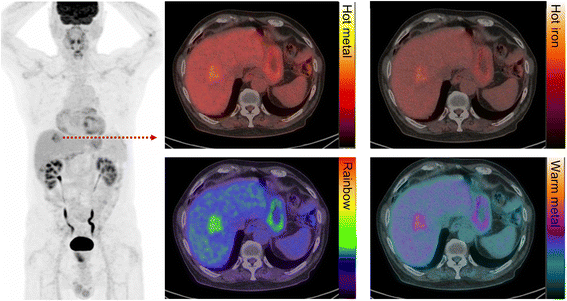
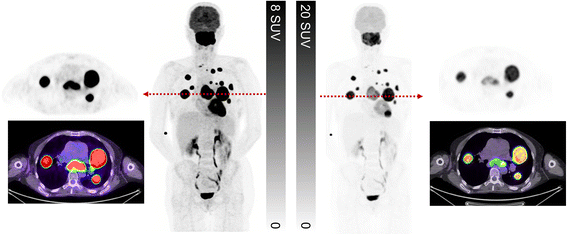



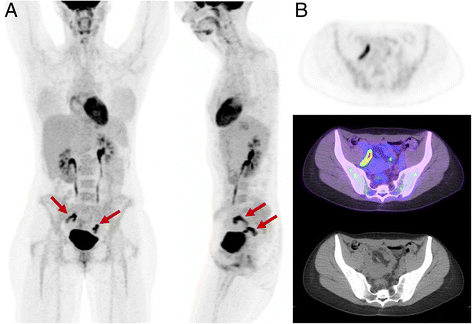


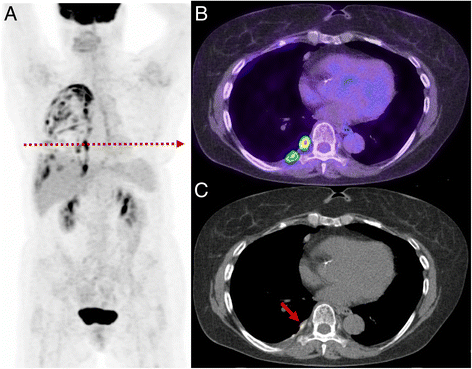
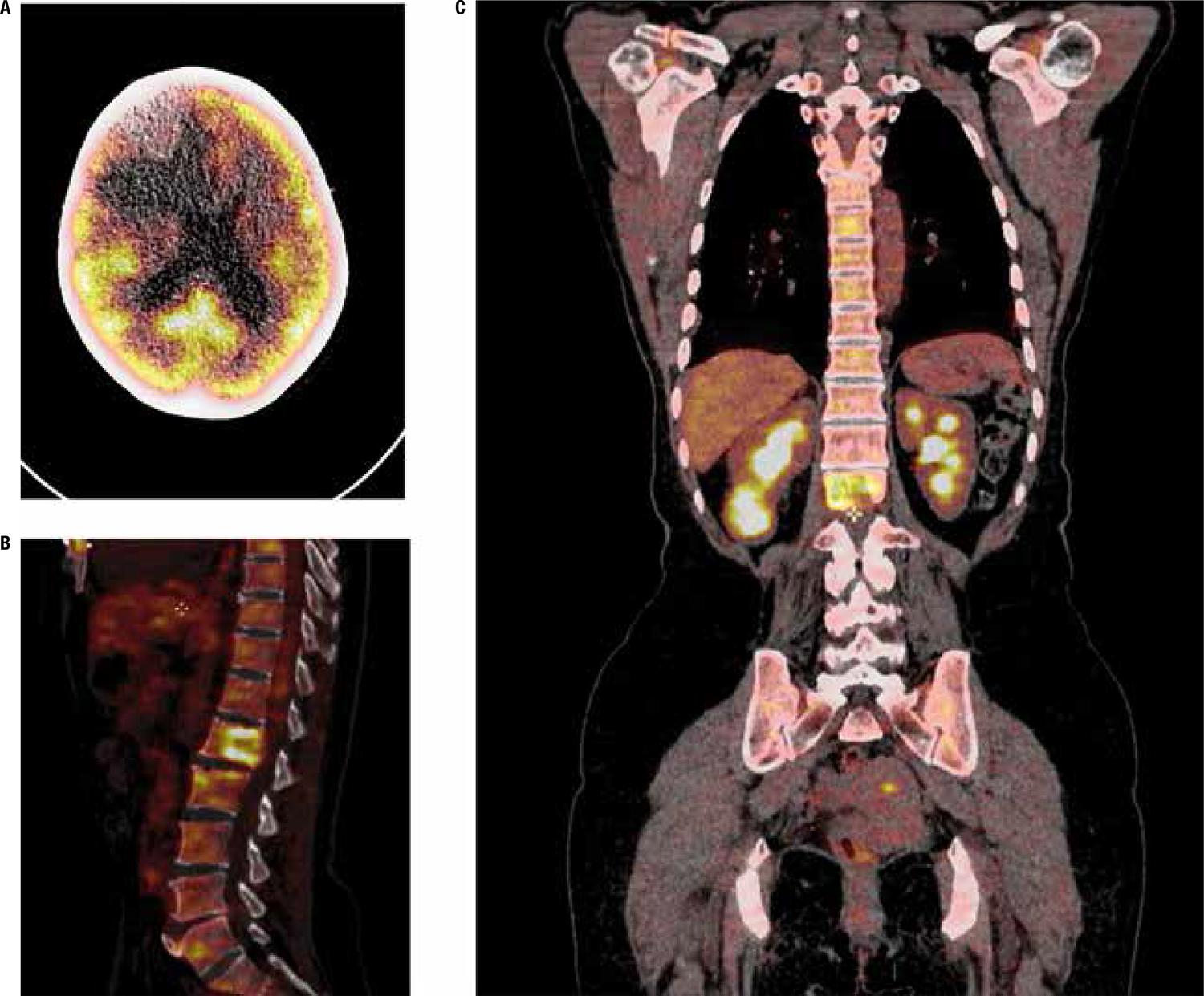
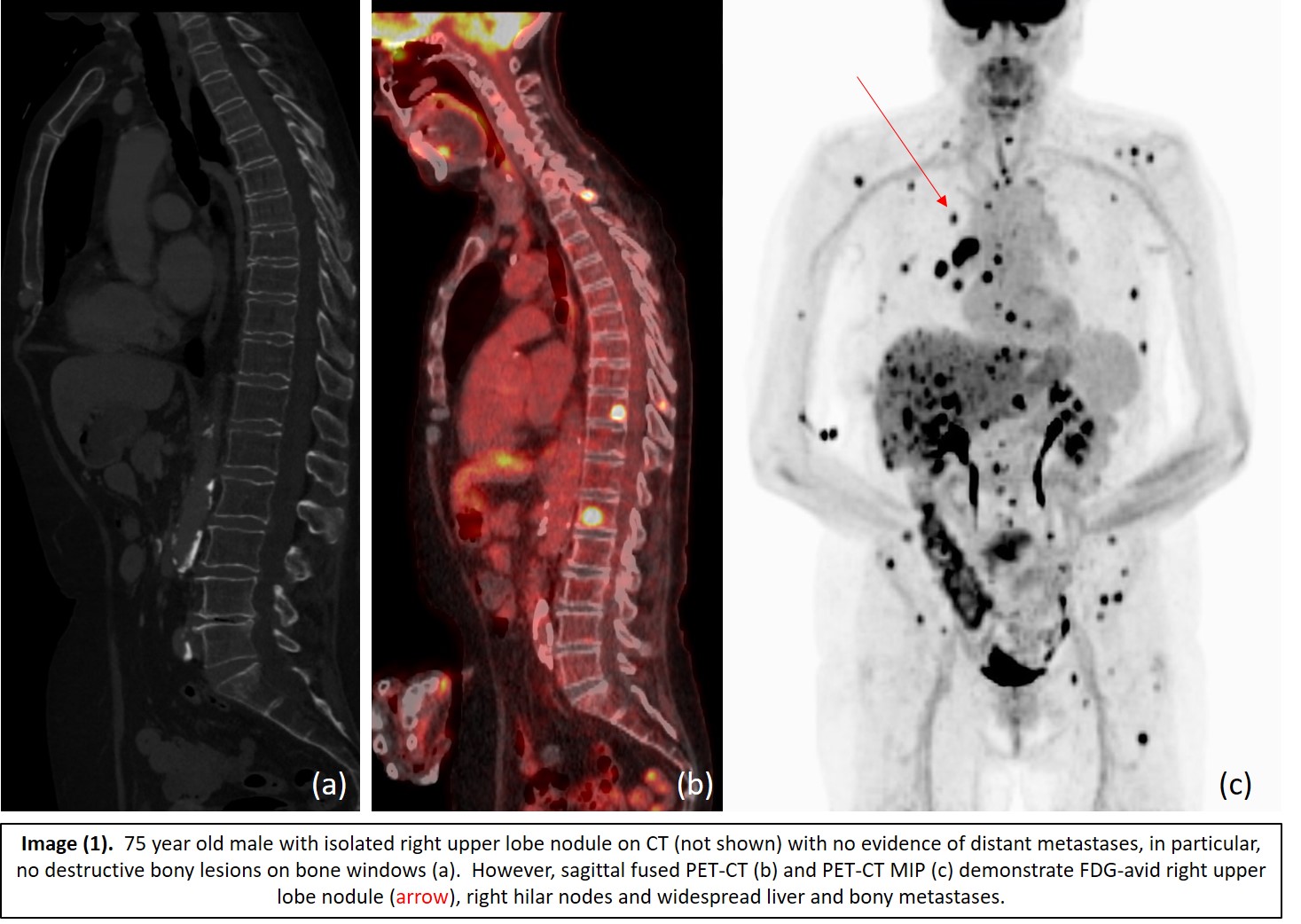






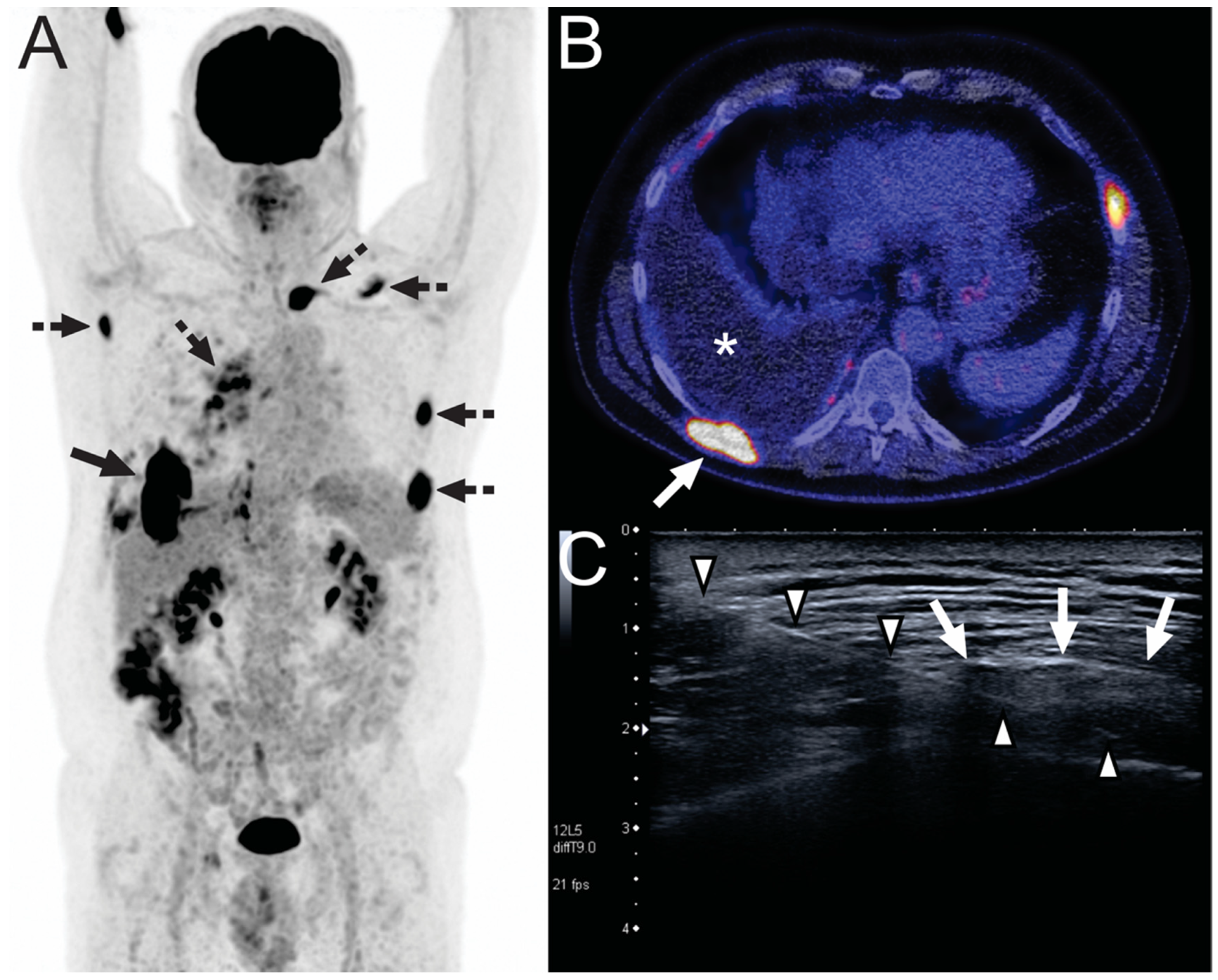
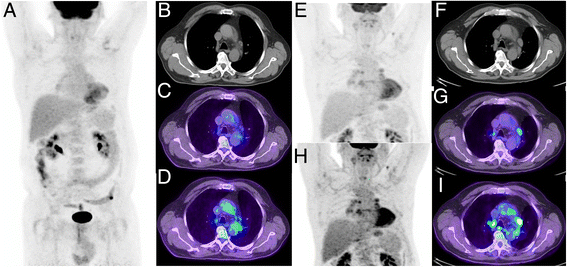
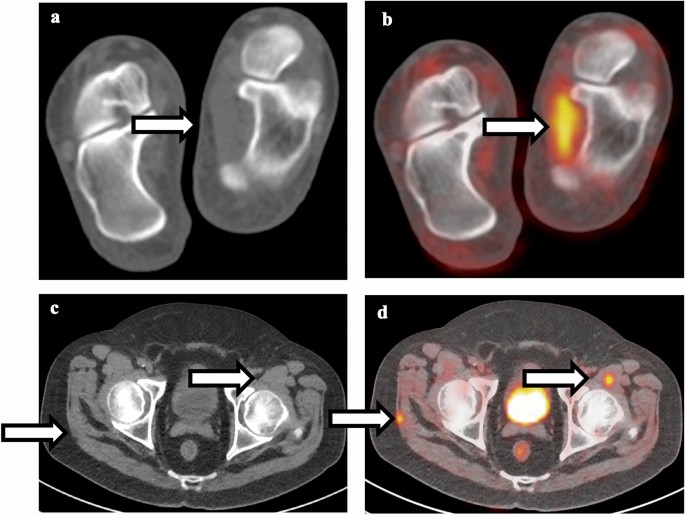



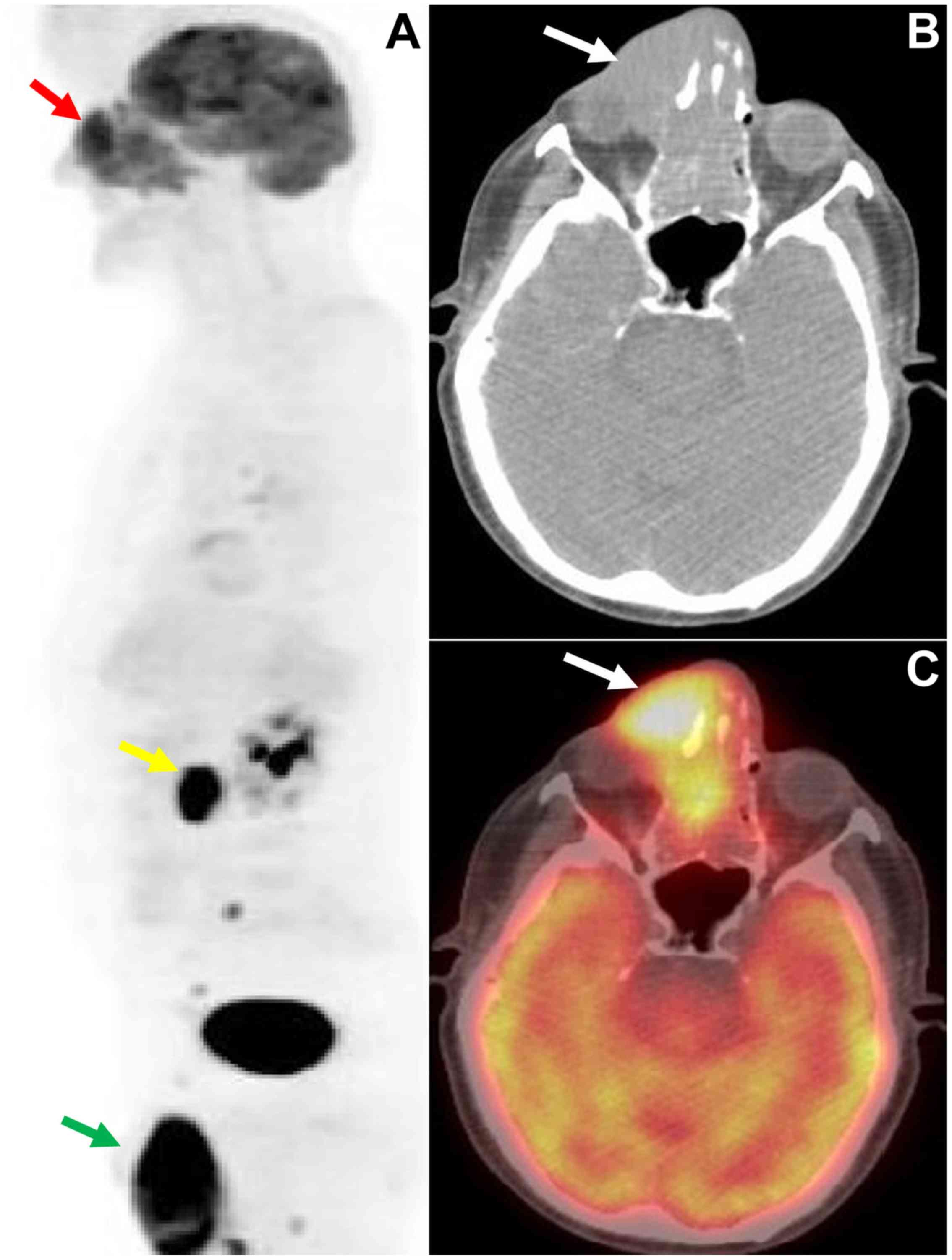
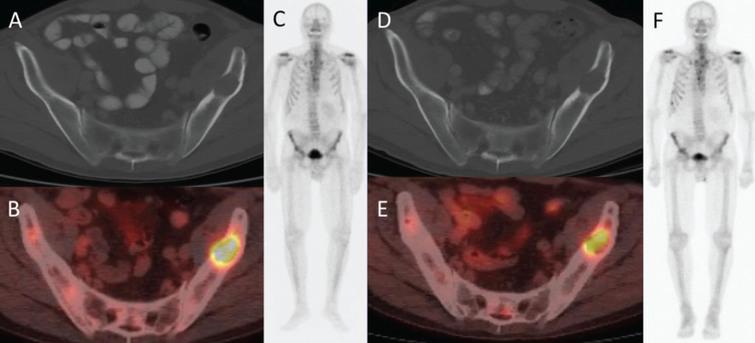


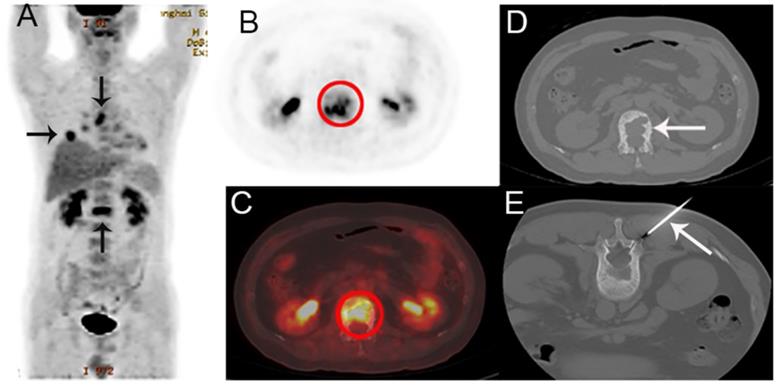



Post a Comment for "Fdg Avid Metastatic Disease"